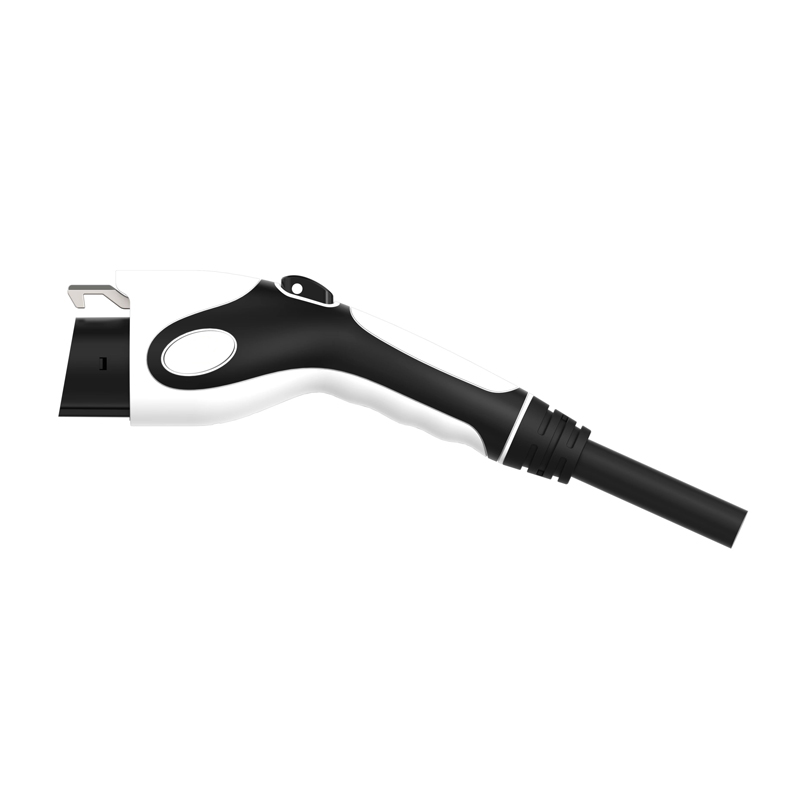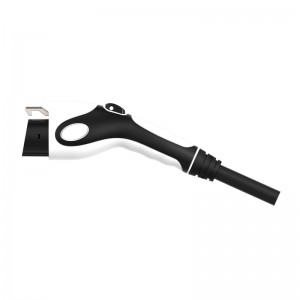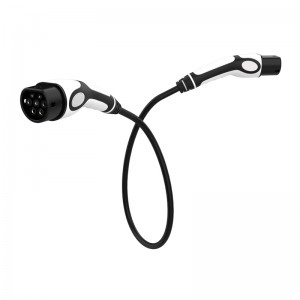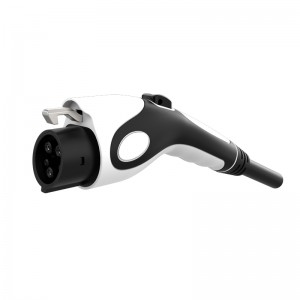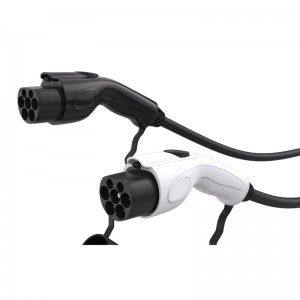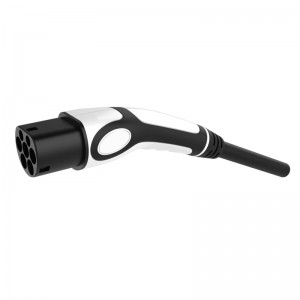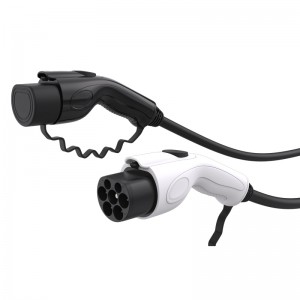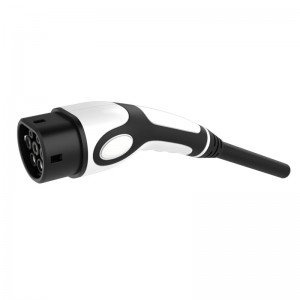The product is designed according to GB/T 18487.1/.2, GB/T20234.1/.2, NB/T33002, NB/T33008.2 and GB/T 34657.1.
It can provide controllable single-phase alternating current for the on-board charger of electric vehicles, and has multiple protection functions. In the charging process, it can provide reliable security for people and vehicles.
When the charging gun is plugged into the electric vehicle's charging port, it establishes a physical and electrical connection between the vehicle and the charging station. The charging station's power source then provides the charging gun with the electrical energy required for charging the electric vehicle's battery.
Some charging stations may also include additional features to ensure a secure and reliable connection between the charging gun and the electric vehicle. For example, some charging stations may have locking mechanisms to keep the charging gun securely connected to the vehicle during the charging process.
Overall, the charging gun and the charging station work together to provide a safe and reliable means of charging electric vehicles. By connecting the electric vehicle to the charging station, the charging gun enables the transfer of electrical energy required for charging, thus making electric vehicles more practical and accessible for everyday use.
How does the charging station know when to stop charging?
The charging station typically has a built-in control system that monitors the charging status of the electric vehicle's battery and controls the charging process accordingly. This control system communicates with the electric vehicle's on-board charger to determine the charging status and to adjust the charging rate and duration as needed.
The charging station also uses various sensors and algorithms to monitor the charging process and detect any potential safety issues. For example, the charging station may use temperature sensors to monitor the temperature of the battery and the charging gun to prevent overheating. The charging station may also use current sensors to detect any potential overcurrent or short-circuit conditions and stop charging if necessary.
Once the charging process is complete or if an issue is detected, the charging station stops providing power to the charging gun and the electric vehicle's battery. The charging gun can then be safely disconnected from the electric vehicle's charging port.
Overall, the charging station's control system and safety features help ensure a safe and efficient charging process, while also preventing overcharging or any other potential safety issues.






